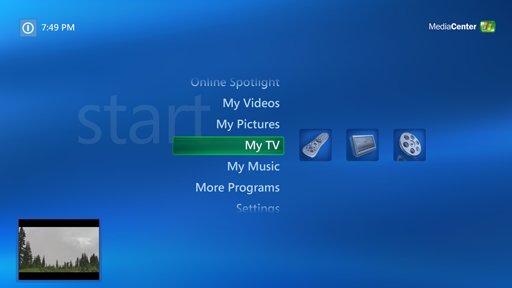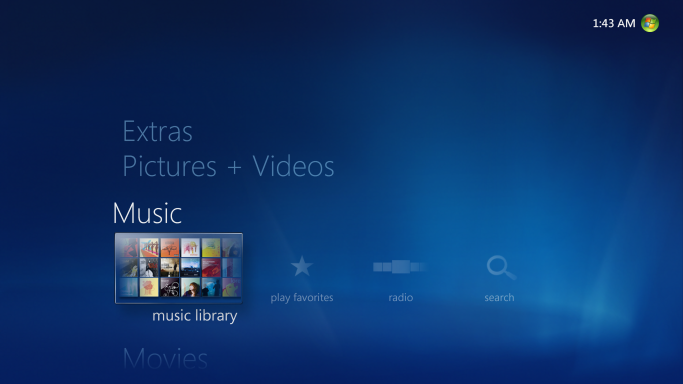Into the Abyss: Windows Media Center – The Best Forgotten Media Hub
Transforming you PC into a power media center
There was a time when your living room PC could transform into a complete entertainment system. That was the magic of Windows Media Center. It promised to be the ultimate digital hub for all your media needs. But like many tech dreams, it faded into obscurity. Let’s take a nostalgic look at the rise and fall of Windows Media Center, a digital innovation now a distant memory.
The Birth of an Entertainment Revolution
Back in 2002, Microsoft introduced Windows Media Center as part of a special edition of Windows XP. The idea? Simple but ambitious. It aimed to turn your PC into a media hub that could record TV shows, play DVDs, stream music, and display your photos. All from one place. Sounds perfect, right?
At the time, having a PC that could handle all these tasks felt revolutionary. No more juggling multiple devices cluttering your living room. Just one sleek interface that managed everything. Windows Media Center was ahead of its time, offering a glimpse into the future of home entertainment.
The Golden Era
The mid-2000s marked the golden age for Windows Media Center. It was included in several versions of Windows Vista and Windows 7. Remember those times? Setting up your Media Center PC, connecting it to your TV, and using that neat remote control to navigate through your movies and music.

Windows Media Center was all about customization. You could add plugins for extra features, tweak the interface to your liking, and even build a dedicated Media Center PC with powerful hardware. It was the centerpiece of many home entertainment setups, a true all-in-one solution for media enthusiasts.
The Gathering Storm
But, as with all things in tech, the landscape started to change. The rise of streaming services like Netflix and Hulu meant people were moving away from physical media and live TV. The convenience of streaming on-demand content from the internet was hard to beat.
Microsoft tried to keep Windows Media Center relevant by adding new features and improving performance. However, the writing was on the wall. The rise of streaming devices, smart TVs, and competing media software made it increasingly difficult for Windows Media Center to maintain its position.
The Decline
By the time Windows 8 rolled around, things were looking bleak. Microsoft decided not to include Windows Media Center as a standard feature. Instead, it was available as a paid add-on. If you had Windows 8 Pro, you could buy the Windows Media Center Pack to get it. But for many, this was a sign that Microsoft was losing interest in the platform.

Windows 10 dealt the final blow. Microsoft officially announced that Windows Media Center would not be included in the new operating system. Users upgrading to Windows 10 would lose Media Center altogether, even if they had it installed on a previous version. This marked a clear end to an era.
The Final Echoes
Even as Windows Media Center disappeared, its legacy lingered. Enthusiasts shared tips on keeping their systems running, swapping stories about favorite features and setups. But the end was inevitable. The digital world had moved on, leaving Windows Media Center behind.
The Fall into Obscurity
Today, Windows Media Center is a relic of the past. It serves as a reminder of a time when the idea of a PC being the heart of your home entertainment was groundbreaking. It’s a chapter in the history of digital media that shows how quickly technology evolves and how hard it is to keep up.
Users who once relied on Windows Media Center had to find alternatives. Some turned to Plex, Kodi, or other media software that offered similar features. Others embraced streaming services, leaving the concept of a centralized media hub behind.
Echoes in the Digital Abyss
Looking back into the abyss of forgotten software, we find the ghost of Windows Media Center. It stands as a testament to innovation and ambition, a symbol of what once was and what might have been. Its rise and fall reflect the relentless march of progress and the changing ways we consume media.
In a world where streaming services dominate, it’s easy to forget the days when a PC could be the center of your entertainment universe. Windows Media Center was a pioneer, paving the way for the integrated media experiences we take for granted today.
Filed under: Into The Abyss - @ July 18, 2024 5:22 pm